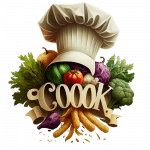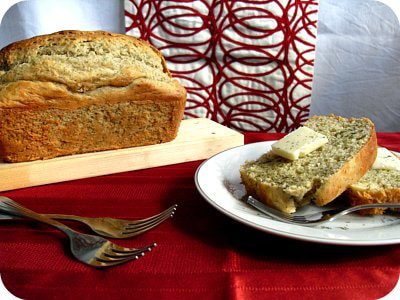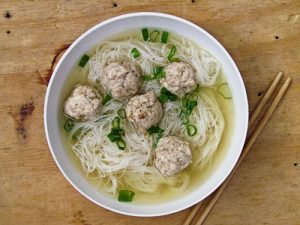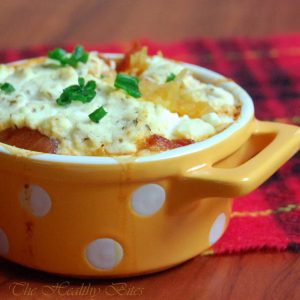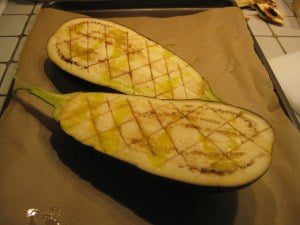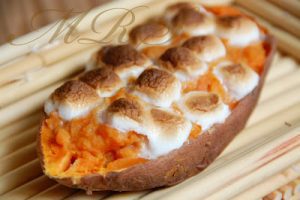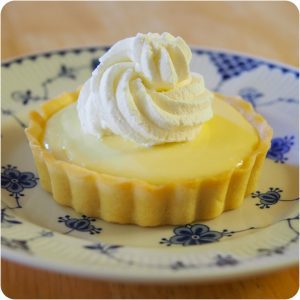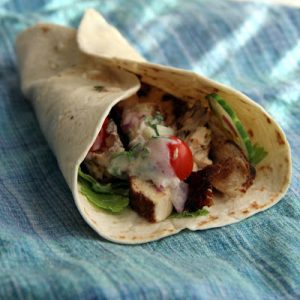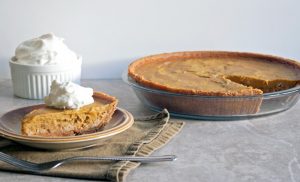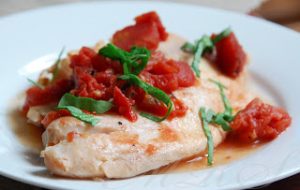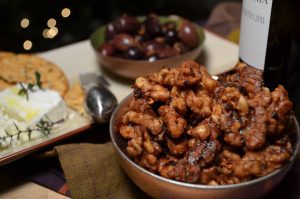Eretz Yisrael is often referred to as the land of milk and honey. But sometimes it just feels like the land of confusing milk products.
I made aliyah from Maryland close to two years ago, and although I’m certainly not fluent yet, my Hebrew isn’t too shabby. I always did well in ivrit class back in high school, and I took several Hebrew language courses in university to keep my skills up. But all that is not enough to get me through the dairy aisle in my local makolet.
Gvina tsfatit. Shamenet. Gvinat shamenet. Gvina levana. I scan the rows of small colorful containers, with just one thought running through my mind: Where on earth do they keep the sour cream?!
I can ask for directions in Hebrew. I can order from a menu in Hebrew. I can laugh with my Israeli neighbors, and I can converse with my Israeli cousins. But the dairy aisle gets me every time.
And it isn’t just me. My husband, who has lived here five years, works in an Israeli environment, and can truly hold his own in Hebrew, also struggles with the dairy products. I recall with a mixture of pity and fondness the time he labored to bring home the groceries.
It was the end of a long work week, and he was exhausted. I wouldn’t have asked him to make a special trip to the makolet, but since he was going to mincha anyway… Unfortunately, he left his cell phone at home. Equally unfortunately, cottage cheese and sour cream were on the list. And with so many cheeses in the dairy case, it’s hard to distinguish one from the next.
It was only when he returned quite some time later that I realized what he had gone through to get the right items. First, he tried valiantly to locate them on his own. (Was sour cream “shamenet” or “gvinat shamenet”? And which fat percentage did I want?) When that didn’t work, he asked a fellow shopper – an American, by the way – for help. When even that didn’t yield the desired results, he presented the situation to an Israeli shopper, who good-naturedly took a guess. But…what if he was wrong? My husband asked to borrow the man’s phone so he could double-check with me. Sounds fine, but since I had the Magic Jack plugged in at home on our only phone line, the call didn’t go through.
And because we live in a time in which our machines remember information for us, he couldn’t for the life of him recall my cell phone number.
The poor guy tried three different combinations of digits – on three different shoppers’ phones – before he reached me. Thankfully, I was able to direct him to both the cottage cheese and sour cream. Not by the Hebrew product names, but by the proximity of each to the ever-present pile of milk bags.
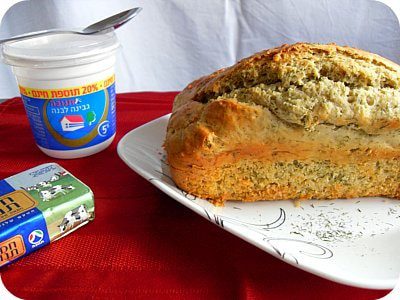
It wasn’t long afterwards that friends of ours dropped by on a Shabbos afternoon. As we sat around eating the last of the fudge brownie torte I’d made for dessert, the guys talked about the Succahs they’d be building in a few weeks, and the girls talked about (what else?) cooking.
One of the women asked what I had used to make the torte. “Not much to it,” I told her. “A little chocolate, a little oil, a little sour cream…”
“Sour cream?” both women repeated, wide-eyed. “How did you find it?” one of them laughed. That’s right. Forget about the fudge. They were impressed because I had been able to locate sour cream in the makolet.
I’ll admit to feeling like I finally had this whole dairy thing under control after that Shabbos. Here I was, the one still in her shana rishona, and I had managed to find the sour cream! And use it in a fudge brownie torte!
Perhaps I was feeling a little too proud of myself. Just two days later, I was back in the makolet, shopping for another week’s worth of dinners. This time, I needed some cottage cheese. Okay, no problem, right?
I collected the items on my list, walked home, and put everything away. It wasn’t until I opened the fridge the next day that I found a container of gvina levana staring back at me. But how did it get there? I never buy it, and it’s not the kind of thing my husband would pick up as a snack. I realized with a sinking feeling that the dairy aisle had once again prevailed. Those crazy containers look so similar…
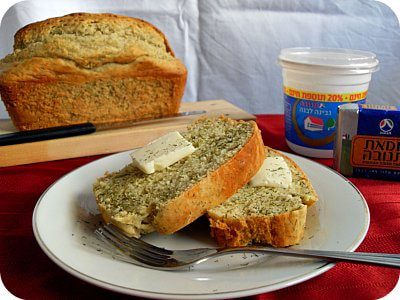
Gvina levana is a soft white cheese, similar to sour cream or yogurt but more cheesy. Although it’s traditionally part of Israeli meals, I’m told they’ve started selling it in Lakewood and some New York areas. I hadn’t ever used it in cooking before, but there it was in my fridge, so I had to do something with it. And no, we do not have a dog.
I’ve recently discovered the beauty of quick breads, so it was only natural that the gvina levana would end up in one. Quick breads are just what they sound like: Quick little loaves of bread. The batter comes together easily and lends itself well to special mix-ins: raisins or chocolate chips in sweet quick breads, herbs in savory ones. Best of all, the dough doesn’t need to rise. You just combine the ingredients, mix and bake.
This dilled dairy quick bread is unlike any other bread I’ve tasted. It’s light and fluffy, and with a touch of butter it practically melts in your mouth. Its subtle sweetness makes it even more of a treat. Try serving this bread with soup and salad for a delicious dinner that fills you up without weighing you down. A slice or two, gently toasted, would also make an amazing breakfast – especially if you top it with cream cheese.
I may never fully master the Israeli dairy aisle. It’s okay. Because if things like dilled dairy quick bread can happen, any dairy item is welcome in my fridge.
Dilled Dairy Quick Bread
Yield: One medium loaf
Note: According to some halachic opinions, a dairy bread should be shaped differently than other breads so that no one mistakenly eats it with a meat meal. For details, consult your local rav.
Ingredients
- cooking spray
- 2 cups all-purpose flour
- 2 tsp baking powder
- ½ tsp baking soda
- ½ tsp salt
- 1 cup 5% gvina levana
- 2 eggs
- 6 Tbsp milk
- ¼ cup granulated sugar
- 3 Tbsp butter, melted
- 1 Tbsp olive or canola oil
- 1 Tbsp dried dill (or 3 Tbsp fresh dill, chopped)
Directions
1. Preheat oven to 350 F/180 C. Lightly grease a loaf pan with cooking spray.
2. Combine flour, baking powder, baking soda, and salt in a large bowl and mix well. Create a well in the center.
3. In a separate bowl, whisk together gvina levana, eggs, milk, sugar, butter, and oil. Add this mixture to the dry ingredients and mix well to combine. Add dill and mix to distribute.
4. Spread the batter evenly in the loaf pan and bake for 55 minutes, or until the top is golden brown and a knife inserted in the center comes out clean. Let cool 30 minutes before removing the loaf from the pan. Serve warm.
